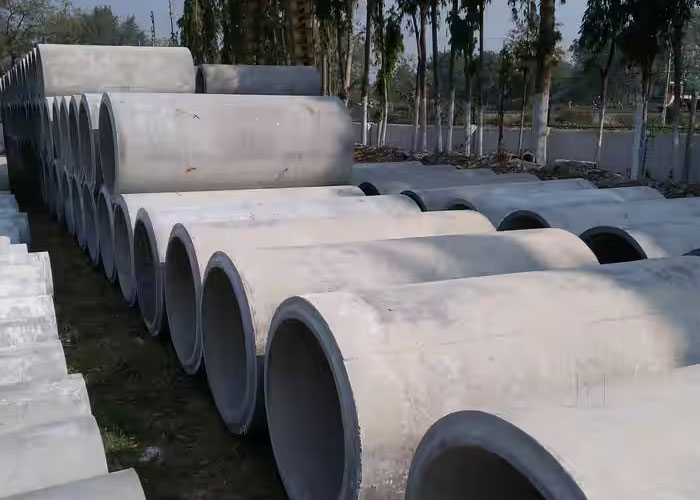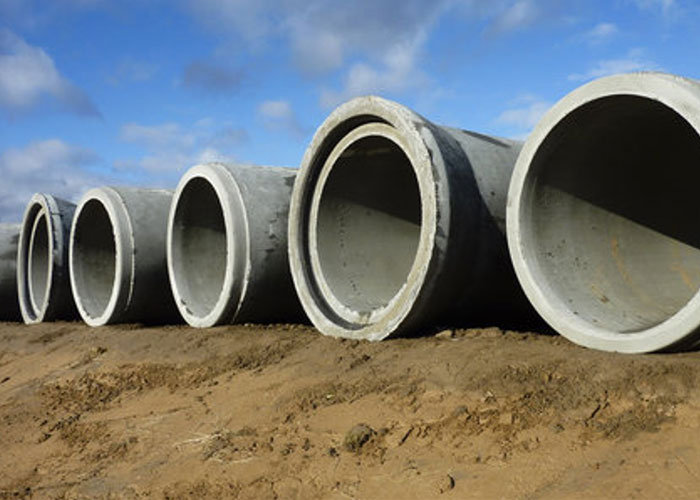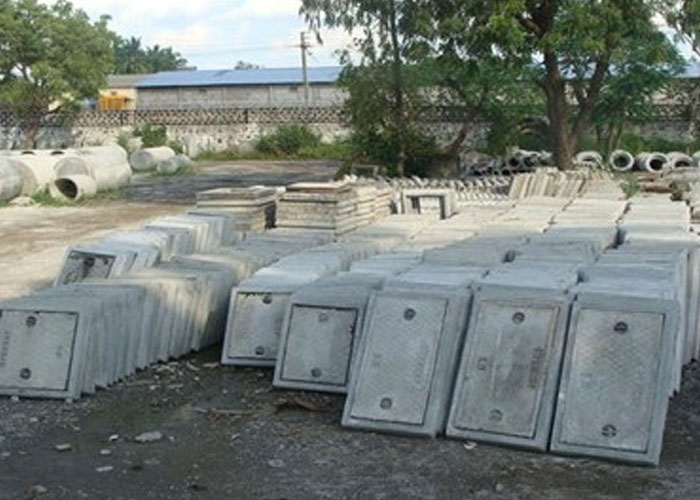-
-
-
67, Saraswati Nagar, Manewada Ring Road, Nagpur-34
RCC Pipes


RCC Pipes
Size: Dia. 300 mm to 1200 mm X 2.5 m Length (NP2, NP3, NP4 Class)

Advantages of RCC
- Excellent corrosion resistance
- Can resist high internal pressure and external loading
- Wide range of pipe diameters available (up to 144 inches)
- Typically more economical up to 50% than most line and coated ferrous pipe & up to 30% less economical to HDPE counter part
- Cost up to 35% less than HDPE Counter part
Manufacturing Process
There are eight steps in the manufacturing process of prestressed concrete cylinder pipe, as described below (Arnaout, 2012):
- Step 1: A steel cylinder is fabricated and manufactured.
- Step 2: A joint ring is attached to the steel cylinder.
- Step 3: The cylinder assembly undergoes hydrostatic testing.
- Step 4: The concrete core is embedded (placed) around the cylinder, which is slightly different from what takes place in a lined cylinder pipe. In a lined cylinder pipe, the steel cylinder is lined with concrete, whereas in the embedded cylinder, the cylinder is encased in concrete to form the core. Radial compaction method is used to line a cylinder pipe putting the concrete into place centrifugally.
- Step 5: The concrete core is cured to give it added strength.
- Step 6: Prestressing wire size is determined along with the tension and spacing needed to meet design requirements. Finally, the Prestressing wire is wrapped around the concrete core to give it a high tensile strength. In the lined cylinder pipe the wire is wrapped onto the steel cylinder directly whereas in the embedded cylinder the Prestressing wire is wrapped around the concrete core.
- Step 7: Apply mortar coating.
- Step 8: Cure mortar coating.


